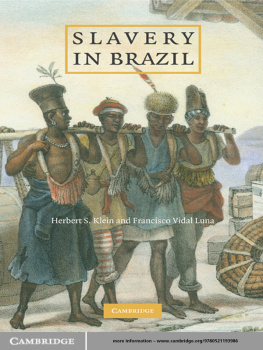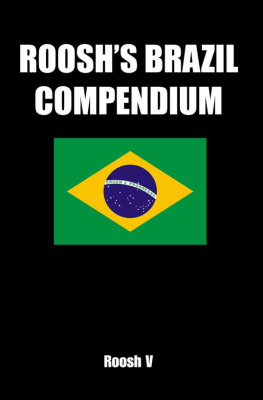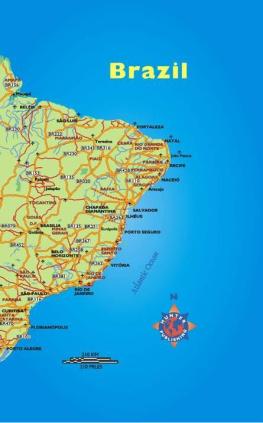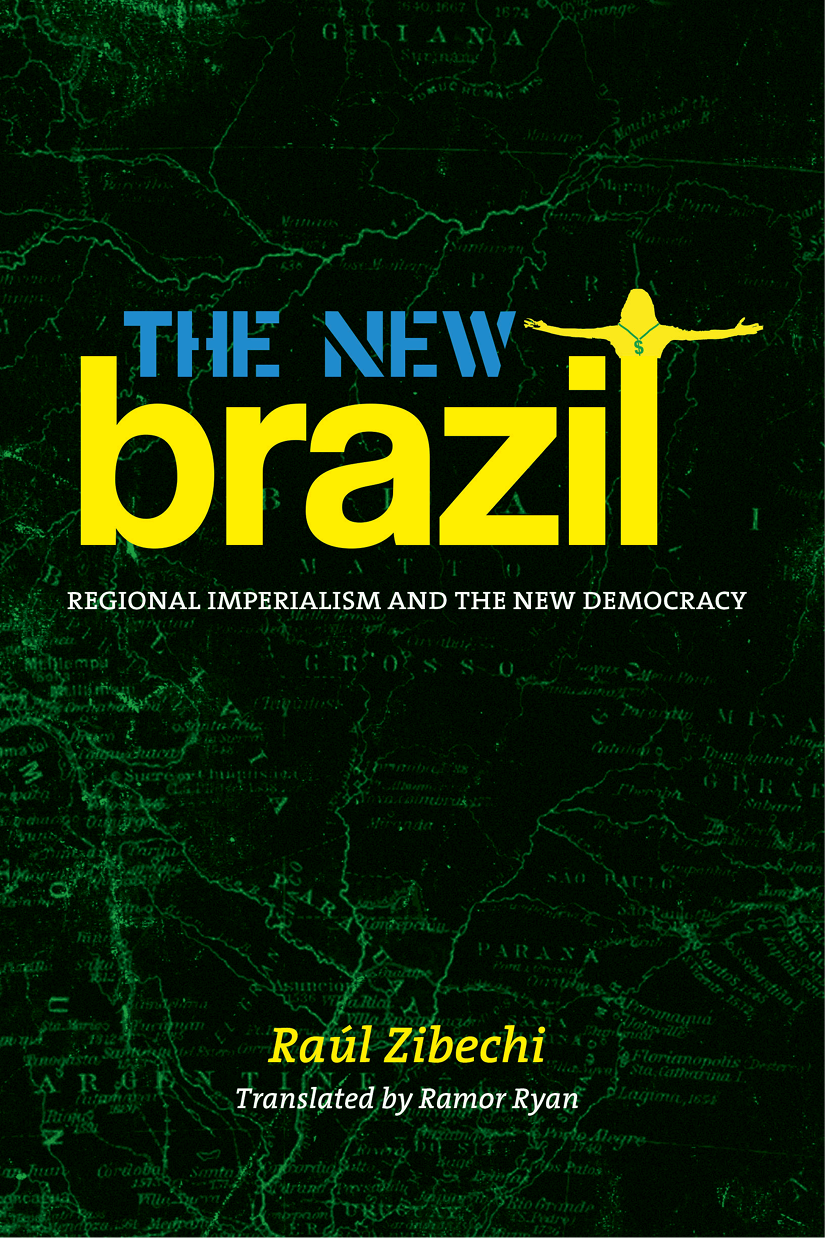Introduction
The center-periphery relationship is a prison that was constructed with the bars of colonialism and reinforced by the rigid division of labor established by the capitalist world system. The jailers are the northern countries and multinational companies that, for five centuries, have enriched themselves with the expropriated labor and commons of the South. It would seem that the only way to break free from this oppressive and exploitative system is through an uninterrupted series of conflicts that shatter the locks and chains keeping people and peoples subjected.
Brazil is one of the few countries in the world that is escaping from the periphery. It has many things going for it: size, wealth, population, and above all, the political will necessary to turn capacities into deeds. Its not even enough to be the sixth largest economy in the world, or to be among the worlds leaders in resources like hydropower, hydrocarbons, fresh water, biodiversity, biofuels, uranium, iron ore, and more. Its not enough because abundance, in itself, does not guarantee a nations independence and sovereignty.
It will take great historical processesand the removal of the center-periphery relationship is one of themto change the way the system works. Its likely that capitalism cannot survive the breakup of the center-periphery structural link, which for 500 years has been the basis for the accumulation of capital and power by the ruling classes of the North, that 1 percent of humanity controlling the planet. However, deep changes like the reconfiguration of North-South relations involve diverse stakeholders with conflicting interests. It is likely that a handful of nations will emerge from the peripheries to become global powers, standing on the shoulders of the popular sectors of these countries themselves as well as their neighbors, which tend to become peripheries of the new powers.
If the center-periphery relationship was forged with the hot iron of colonialism, then it is possible that none of the emerging countries can escape their peripheral status without violent interstate conflict, even though the United States superpower is in no condition to unleash the kind of wars that made it a hegemonic power. Nevertheless, even in a period of acute economic decline, the United States still maintains significant military supremacy, which guarantees it at least the ability to blackmail its competitors, as it is doing indirectly with China and openly with Russia.
I think Brazils rise to the status of a global power is an irreversible and conflictual process. First, because internal conditions have been maturing slowly since the 1930s, when the Getlio Vargas regime began the industrialization process, promoting the formation of an industrial bourgeoisie and weakening the old agro-export oligarchy. Seven decades later, under the Lula government, this process may have reached the point of no return. With the expansion and strengthening of the ruling elites, the adoption of a strategy to make the country a global power, the solid alliance between the internationalized Brazilian bourgeoisie and the state apparatus (including the armed forces and state managers), and the maturity of the process of capital accumulation in Brazil, those ruling elites can take advantage of the relative decline of the United States and occupy spaces that intensify their hegemony in the country and the region. This allows a move on empty spaces like the Amazon, on other countries in South America and West Africa, regions recently opened up for Brazilian capital, its private and state banking system, its armed forces, and its civil bureaucracy.
It will be a contentious process because Latin America has always been the key region for United States global hegemony. In other words: the superpower cannot maintain its leading place in the world without reinforcing its dominance in the region, where the Caribbean, Mexico, and Central America are vital, as is South America. Washington faces its greatest challenges in South America, particularly in the Andean region as it becomes the hub of interstate social conflict. We cannot know how this conflict will develop, but the reactivation of the US Fourth Fleet by the Pentagon to operate around Central and South America, as well as the deployment of new military bases in Colombia and Panama, appear to anticipate the worsening of regional tensions. For US elites, it is clear that the only country capable of matching its hegemonic position is Brazil. For the Brazilian elites, it is increasingly clear that their main adversary is the superpower in the North.
Although this work shares a world-systems analytical perspective, it attempts to address the reality of Latin America from the viewpoint of social and antisystemic movements. It tries to understand Brazils rise to the rank of global power as a process fraught with risks and opportunities for the popular sectors facing a reality in which both old alliances and the composition of the ruling classes are changing rapidly.
Understanding this process involves becoming acquainted with the new balance of power, the alliances the elite are weaving from above, the sectors they are incorporating into the power bloc and those that are marginalized in the new political and social scenario. The region is experiencing its third hegemonic transition to completely reconfigure regional dynamics and its relationship with the world beyond. The first hegemonic shift began around the first decade of the nineteenth century and lasted until the middle of the century, approximately between the 1804 Haitian Revolution and 1850. Or perhaps it can be dated earlier to 1780 and the revolutions led by Tupac Amaru and Tupac Katari. British domination followed that of the Spanish and Portuguese. Those variegated decades saw the rise of nation-states, the republics with which settlers brought local elites to power, and condemned the popular sectorsparticularly Indians and blacksto an even more miserable social position than in the colonial era.
Conservative and liberal parties were also formed during this era, political groupings that took turns administrating the new republics, creating new state bureaucracies, both civil and military, that were responsible for keeping those from below at bay, especially rural dwellers on the large estates, where power was exercised brutally. These landed oligarchies ruled by blood and fire for more than a century.
With the second hegemonic transition, which began in the early twentieth century and lasted until the end of the Second World War, the new power of the United States dethroned the British Empire. The industrial bourgeoisie displaced oligarchies by means of drastic measures (such as in Argentina or Bolivia) or more smoothly through the state (such as in Brazil), or sometimes by negotiation and agreement to safeguard the interests of all the ruling classes.
If during the first hegemonic transition popular sectorsCreole, mestizo, indigenous, or blackparticipated in the revolt, as montoneras or through other irregular forms of collective action, generally in the service of local chieftains, in the second transition, the emergence of organized workers in unions allowed the working class to make its mark on the new power configuration. During the same period, left-wing parties formed alongside various expressions of popular and revolutionary nationalism. Industrial development through import substitutionuneven across countries and regionswas lubricated by agreements between employers and unions, often with the support of the governments that created local and shoddy welfare states. Universal suffrage and the rights of free expression, assembly, demonstration, and elections replaced the dictatorial authoritarianism that characterized the oligarchic period.









